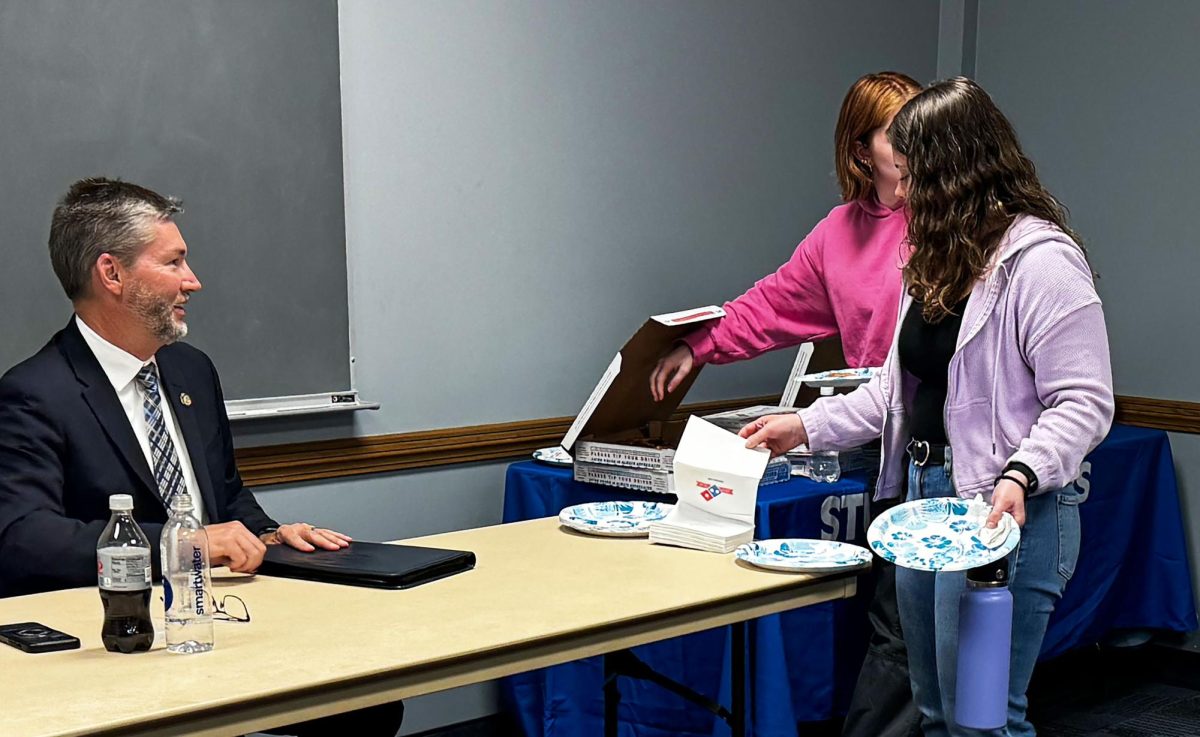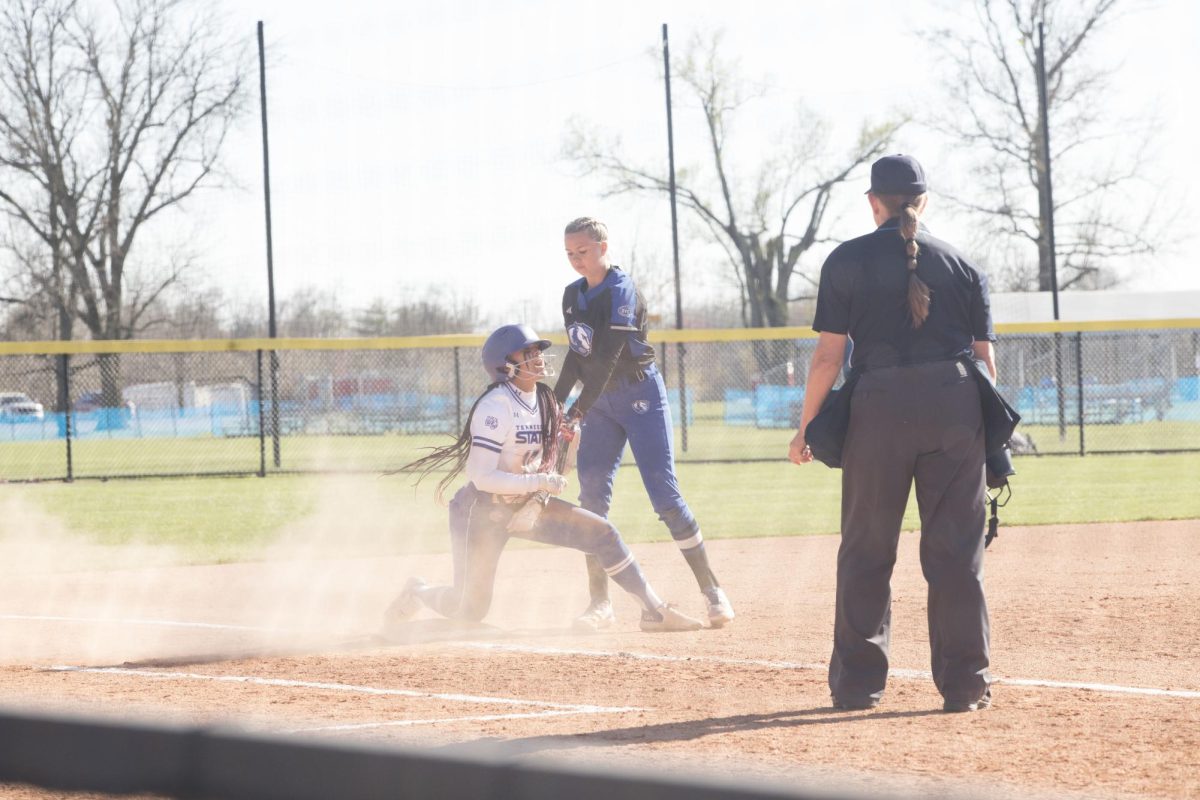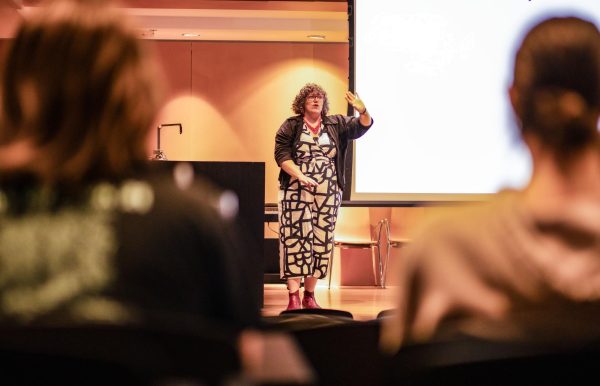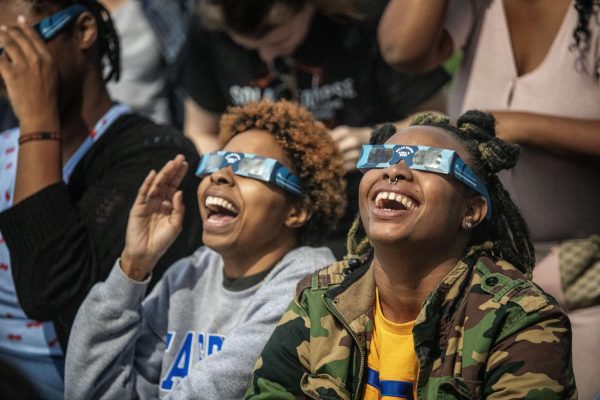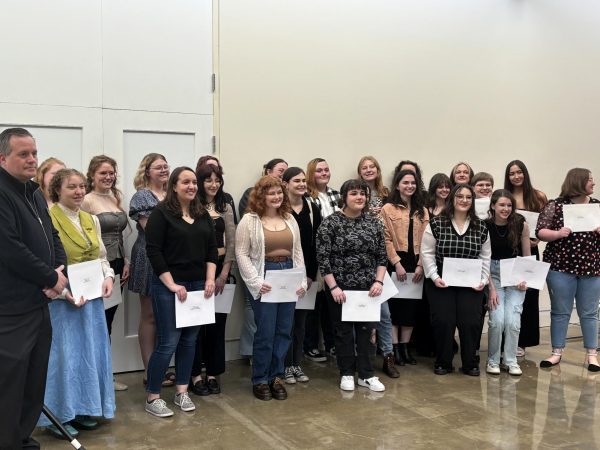Multiple views offered in interdisciplinary classes
Textbooks – check. Something to take notes with – check. Multiple professors – check.
While most students are used to having one professor, interdisciplinary courses offer students a chance to broaden their horizons and experience more diversity in the classroom.
Cultural Foundations I and II is an interdisciplinary course taught by both Dan Otto, from the philosophy department, and Michael Loudon, from the English department.
“Students get exposed to quite a variety of genres,” Otto said.
Cultural Foundations I teaches Greco-Roman and Judeo-Christian ideas, while Cultural Foundations II discusses Hinduism, Buddhism, Confucianism, Daoism and Islamism.
Otto said the interdisciplinary classes are beneficial for students because they get two instructors for the price of one and students get two different perspectives.
“When Professor Loudon was a student, he spent time in India, and I’ve spent time in a Buddhist monastery in Korea,” Otto said.
Pulling cultural examples such as meditation and having morning prayers at 4 a.m., Otto provides a first-hand experience when teaching about Buddhism, and Loudon can add insight when the class is talking about Indian cultures.
“We try and do the best we can to impart the knowledge of the material to the students,” he said.
One of the disadvantages is coordinating with another person.
Otto said that some of the control he has over lessons is lost, but he still enjoys having the chance to work with another colleague.
Chris Hawkins, a junior philosophy major who took Cultural Foundations I and is now in the second section, likes the different teaching styles.
“Since they have two professors in different disciplines, one is the primary instructor and the other one gives their view; so that encourages more discussion and students get both viewpoints,” Hawkins said.
Global Threats and Problems is another course that combines geography, sociology, political science and economics with instructors for each of those subjects.
Godson Obia, a geography professor, thinks the class benefits students because it gives them the opportunity to integrate knowledge gained from four different perspectives.
“If we are looking at global warming, pollution or energy in the class, we look, for instance, at economic and political decisions that are made by countries and how the production and use affect people and society,” Obia said. “This brings all the views of different disciplines together to help students to solve a common problem.”
Obia said it is extremely important for students to have integrated knowledge on a subject and reflect on a number of perspectives on an issue to benefit their academic and personal development.
Interdisciplinary classes are widely available for students, whether they are majoring in one of the areas of study or they need an upper-level humanities course.
Heather Holm can be reached at 581-7942 or [email protected].






